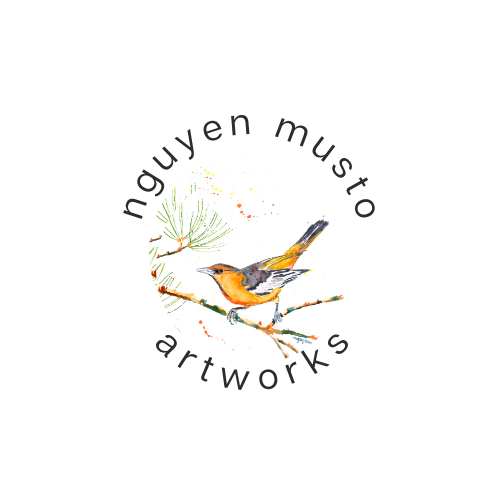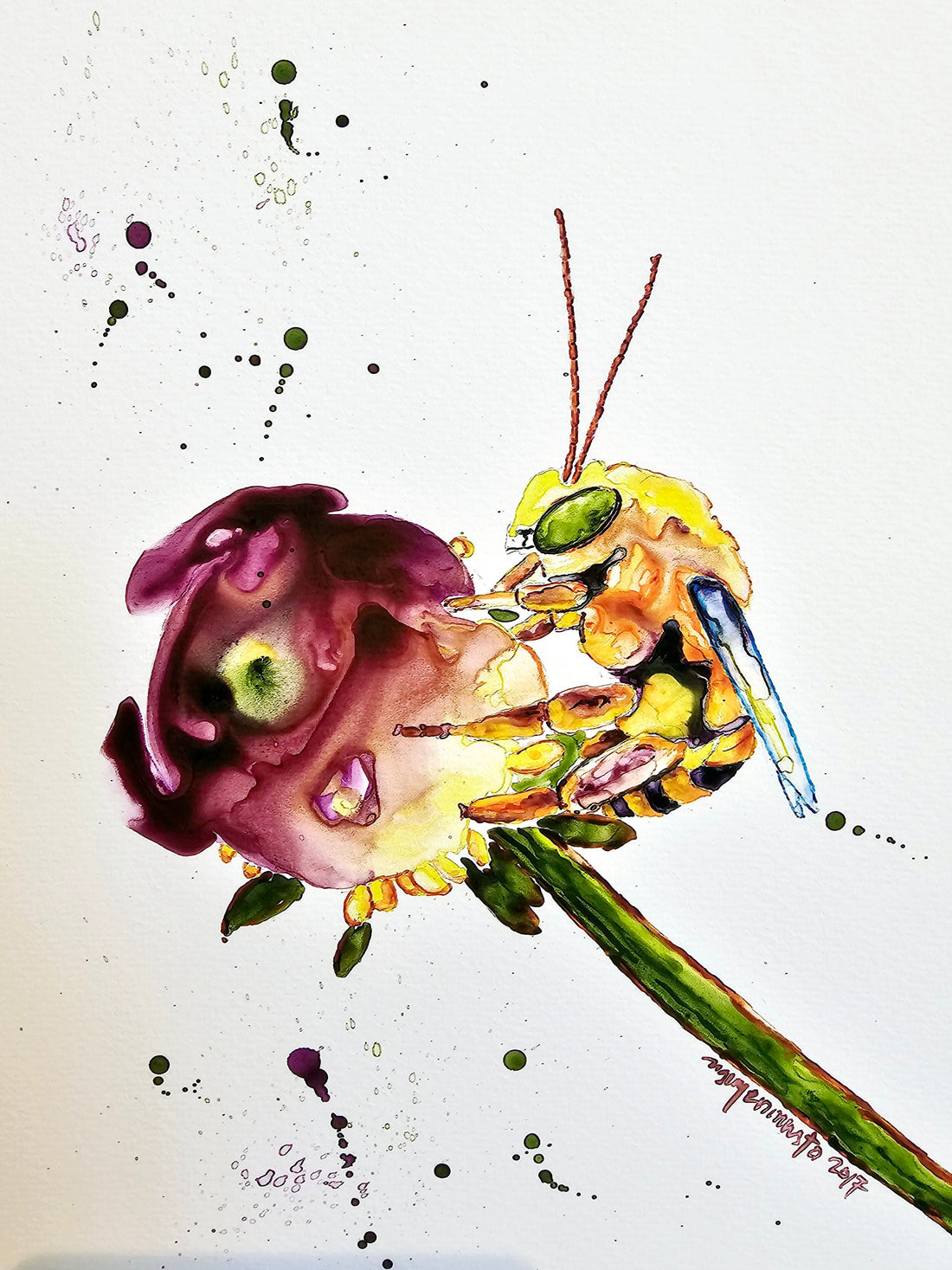
7 California Native Plants that Support Pollinators
Share
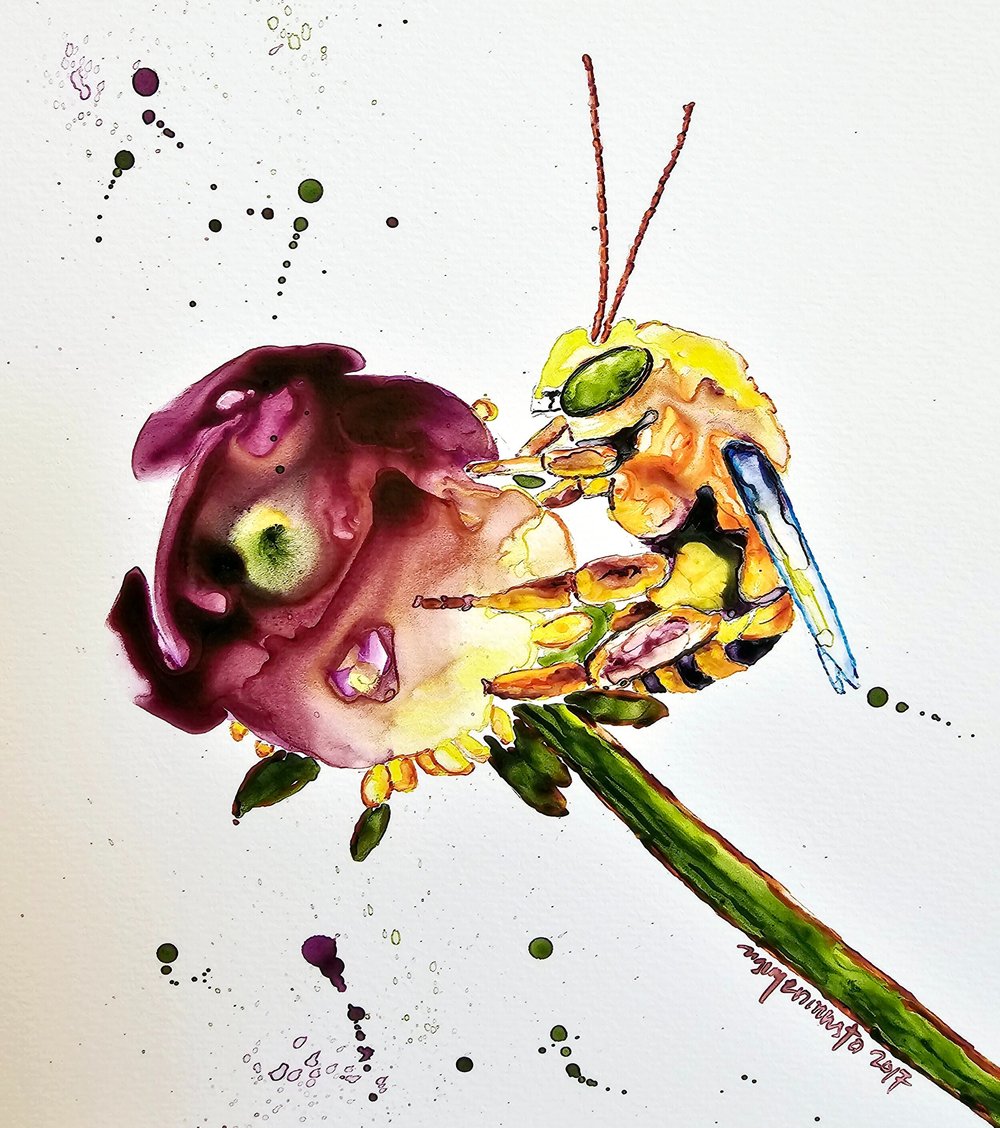
Happy National Pollinator Week, my arty nature friends!
If you are a new California native plant gardener and wondering what plants to choose for your home pollinator sanctuary garden, wonder no more! While there are 1000’s of plants to choose from, here are 7 of my favorite plants that you can start off with. Once you slay that pollinator garden with these plants, you’ll be ready to expand and diversify your garden even more. So let’s get to it, shall we?
Groundcover/shorty plants
Common Yarrow/Achillea millefolium
Great for sunny areas. Yarrow is found throughout California and the flat, umbrella shaped inflorescence provide a perfect landing pad for pollinators from mid-spring through early fall. You’ll find beneficial insects such as ladybugs lurking among the foliage, and dozens of tiny native bees, small predatory wasps, and other pollinators buzzing about. When planted in its happy place, common yarrow will slowly spread by underground rhizomes and by seeds. Young leaves are edible and tender.
California Fuschia/Epilobium spp.
Another great plant for sunny areas and summer blooms, California fuschia is found throughout California and comes in a variety of sizes, leaf textures, and flower colors. Their form ranges from low groundcovers to 3-foot tall perennial shrubs. The red tubular flowers bloom summer through fall and are a favorite of hummingbirds. Carpenter bees will visit this plant often. Their tongues are too short to reach through the depth of the flower, so they will bite a hole at the base of the flower to steal its nectar.
Vines & Viny Plants
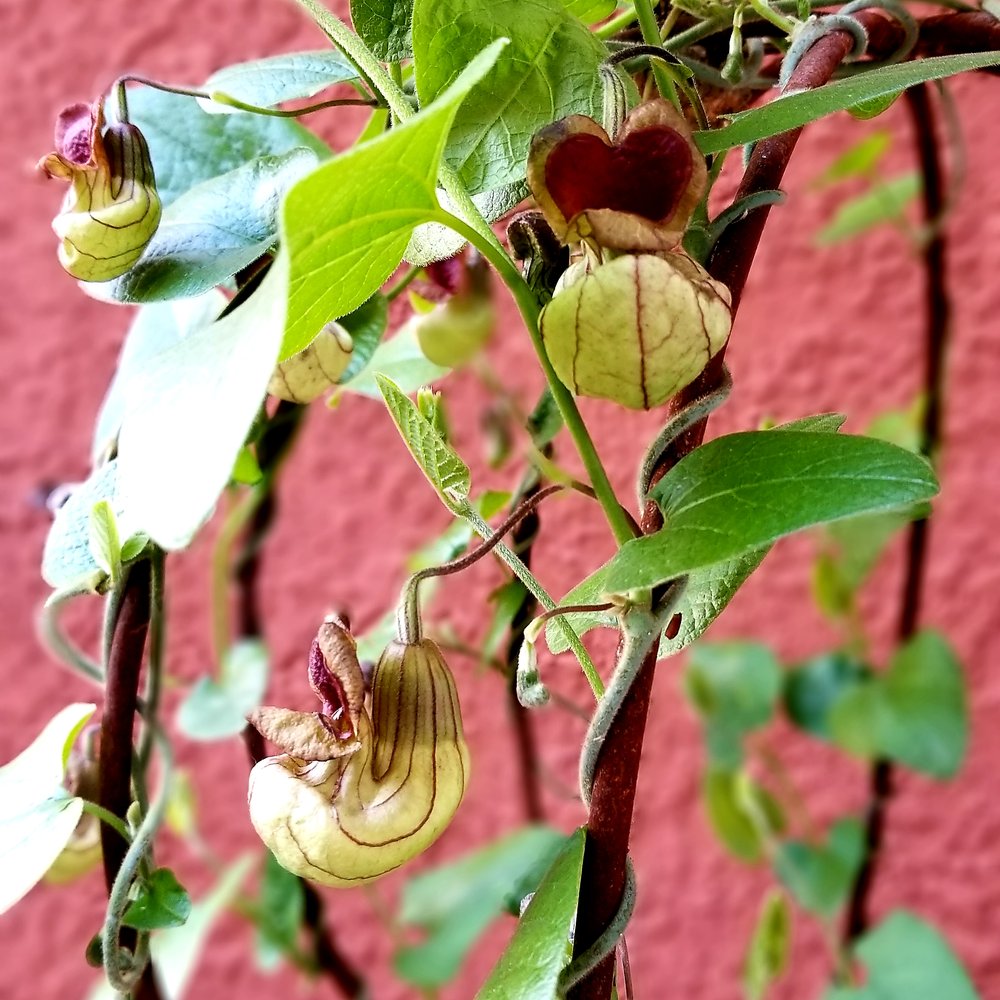
California Dutchman Pipevine/Aristolochia californica
I’ve mentioned this plant before in a previous blog, but it’s worth bringing up again, particularly for Northern California. This plant is found in the Bay Area and northward is the host plant for the California Pipevine Swallowtail Butterfly. The caterpillars eat only this plant. Pale green flowers with burgundy stripes in the shape of pipes bloom before the large, oblong heart-shaped leaves take form. This is a hardy vine that grows well in dry shade under oaks and other woodland trees in riparian habitats.
Channel Island Snapdragon/Gambelia speciosa
Not really a truly twining vine, Channel Island Snapdragon sprawls out to 10 feet wide or more with long stems in a vine-like way. Bright red tubular flowers attract hummingbirds. As the name indicates, this plant is native to the Channel Islands as well as Guadalupe Island, Mexico and grows throughout California, even here in Sacramento. In interior areas like the California Central Valley, this plant will appreciate afternoon shade during the hot summers.
Shrubs, Small to Medium Sized
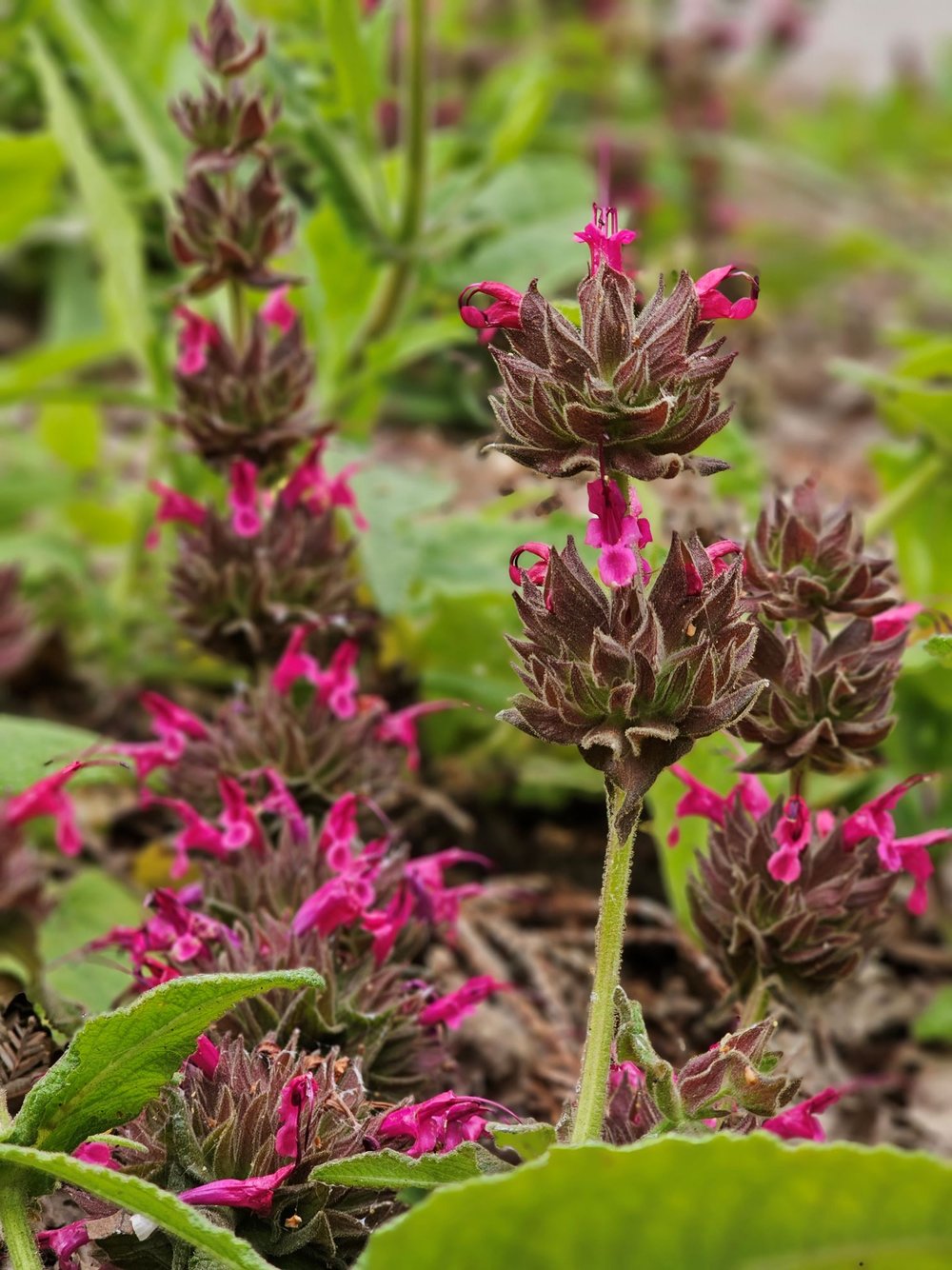
hummingbird sage/Salvia spathacea
This neat little sage is found primarily in the Coast Ranges and coastal foothills of Southern California. The basal clump of fragrant leaves get about 12 inches tall and will spread to about 6 feet wide by underground rhizomes. The flower spikes of deep red tubular blooms reach approximately 2 feet high. This sage is great for shady areas under trees and is visited by hummingbirds, a carpenter bees, and the seeds are eaten by songbirds. The leaves make a wonderfully refreshing herbal tea.
California Buckwheat/eriogonum fasciculatum
If you have the space, plant a few of these buckwheats in a sunny area to create the foundation of your pollinator sanctuary. They can reach 5 feet wide by 3 to 4 feet tall. Considered by some to be a keystone pollinator plant of California, this buckwheat attracts an amazing variety of beneficial insects and pollinators such as wasps, carpenter bees, European honeybees, tiny little native bees, syrphid flies, numerous butterfly species. The California buckwheat starts outs with creamy white blooms that turn to a rusty orange in the fall. Small songbirds will come in the fall to eat the tiny seeds. The plants can be cut back to about 15 inches tall in winter. Or leave the old blooms and stems to create overwintering habitat and hiding places for small birds, reptiles, and other creatures. They are incredibly drought and heat tolerant once established.
Small Tree
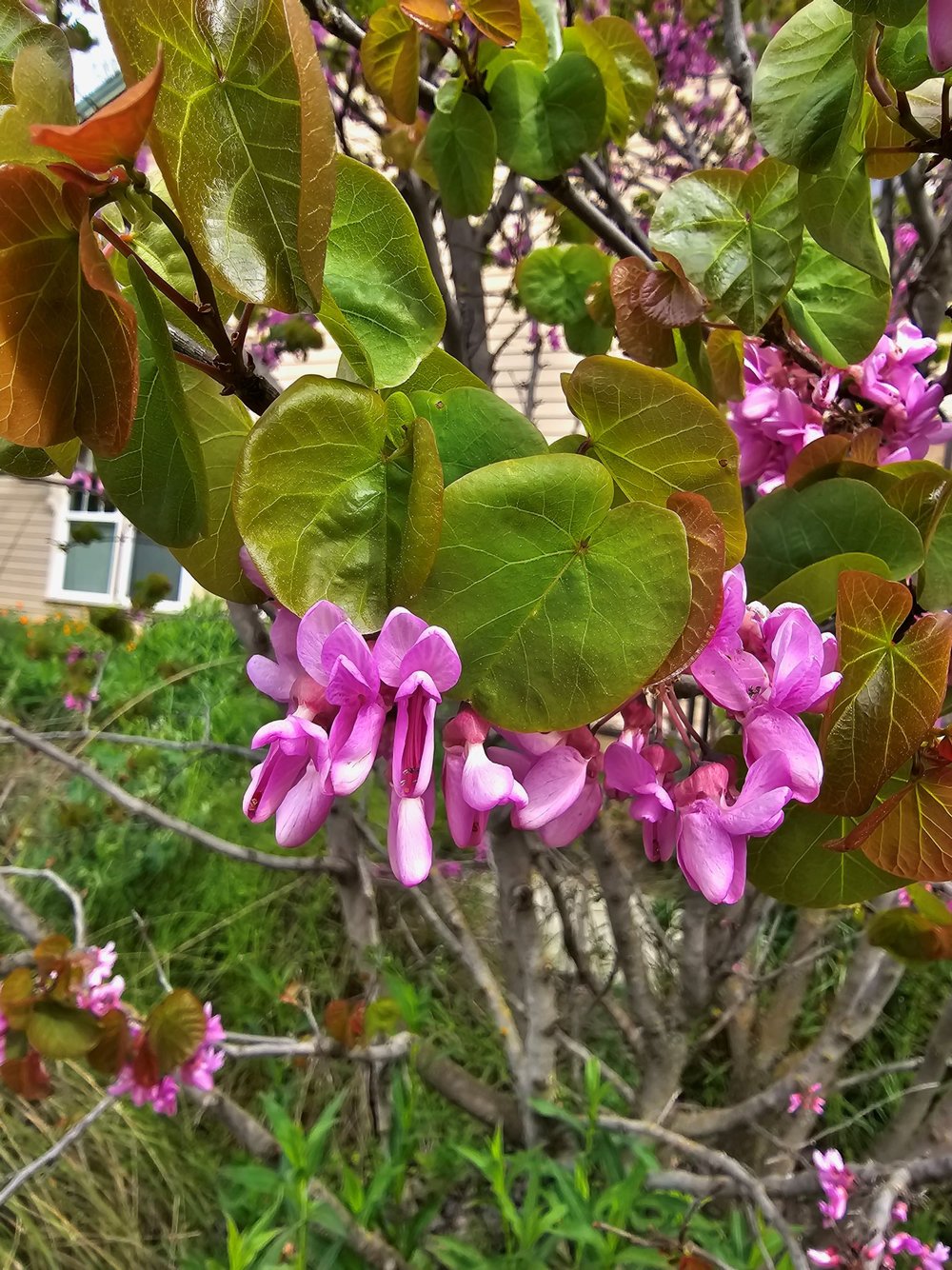
Western Redbud/Cercis occidentalis
Western redbud is a great, all-around small tree which gets about 25 to 30 feet tall and wide. Pink, multi-petaled flowers bloom in late winter/early spring and are followed by large rounded, heart-shaped leaves. Seed pods form in late summer through fall and persist after the leaves drop.
The flowers and roasted seedpods are edible for people and the tree supports wildlife in a number of ways: leaf cutter bees will make tidy crescent-shaped cuts in the leaves and use the leaf bits to line their nests. The flowers attract bees, butterflies, and hummingbirds, and songbirds come to eat the seeds throughout the year.
